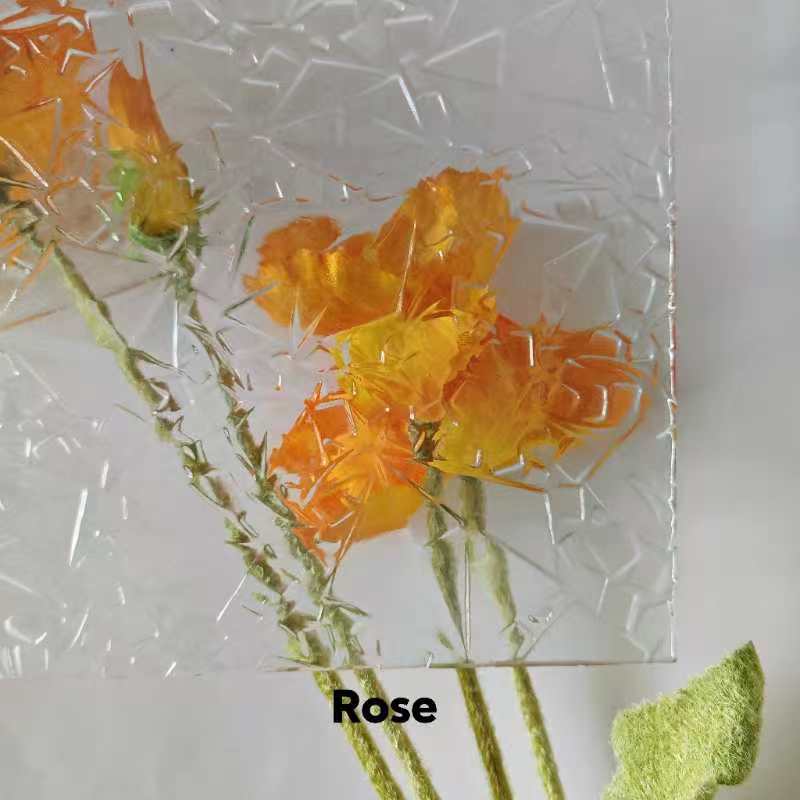

Victorian Acid Etched Glass A Timeless Elegance
The Victorian era, spanning from 1837 to 1901 during Queen Victoria's reign, was marked by rapid industrial advancements, cultural shifts, and a renewed interest in art and craftsmanship. One of the most enchanting decorative arts to emerge during this period was acid etched glass, a technique that allowed artisans to create intricate designs and textures on glass surfaces. This practice not only reflected the aesthetic values of the time but also the complex social dynamics and technological innovations that characterized the Victorian age.
Victorian Acid Etched Glass A Timeless Elegance
The designs found in Victorian acid etched glass are emblematic of the era's artistic sensibilities. Flourishes of floral motifs, intricate geometric patterns, and romanticized scenes from nature were commonly depicted, mirroring the period's fascination with the natural world and the ornate detailing prevalent in architecture and decorative arts. These motifs were often inspired by the Pre-Raphaelite movement, which sought to return to the vibrant colors and intricate detail of art before the Renaissance. The labor-intensive acid etching process allowed artisans to express their creativity, producing pieces that were not merely functional but also works of art in their own right.

Victorian acid etched glass was versatile, used for a variety of applications, including windows, mirrors, and decorative panels. Churches and grand public buildings featured stunning stained glass alongside acid-etched glass that provided both beauty and a sense of privacy. In residential settings, it adorned interior doors and cabinetry, adding a touch of elegance and sophistication to homes. The technique also found its way into decorative items, such as vases, goblets, and lampshades, further enhancing the aesthetic quality of everyday objects.
The revival of interest in Victorian design in recent decades has led to a renewed appreciation for acid etched glass. Vintage pieces are highly sought after by collectors and interior designers, who aim to incorporate the delicate beauty of this art form into modern spaces. Its unique ability to diffuse light while retaining intricate detail makes it a favored choice for both contemporary and traditional settings.
However, the appreciation of Victorian acid etched glass goes beyond mere aesthetics. It also serves as a testament to the craftsmanship and dedication of the artisans who created these pieces. Each work tells a story of an era that valued artistry and intricate detail, and it reflects the social and cultural attitudes of a time when personal expression was manifested in every facet of life.
In conclusion, Victorian acid etched glass is a remarkable example of the intersection of art, function, and historical context. Its allure continues to captivate enthusiasts, reflecting the enduring legacy of the Victorian era and its contributions to decorative arts. By exploring this exquisite form of glasswork, we can gain not only an appreciation for its beauty but also a deeper understanding of the cultural landscape of a bygone era.